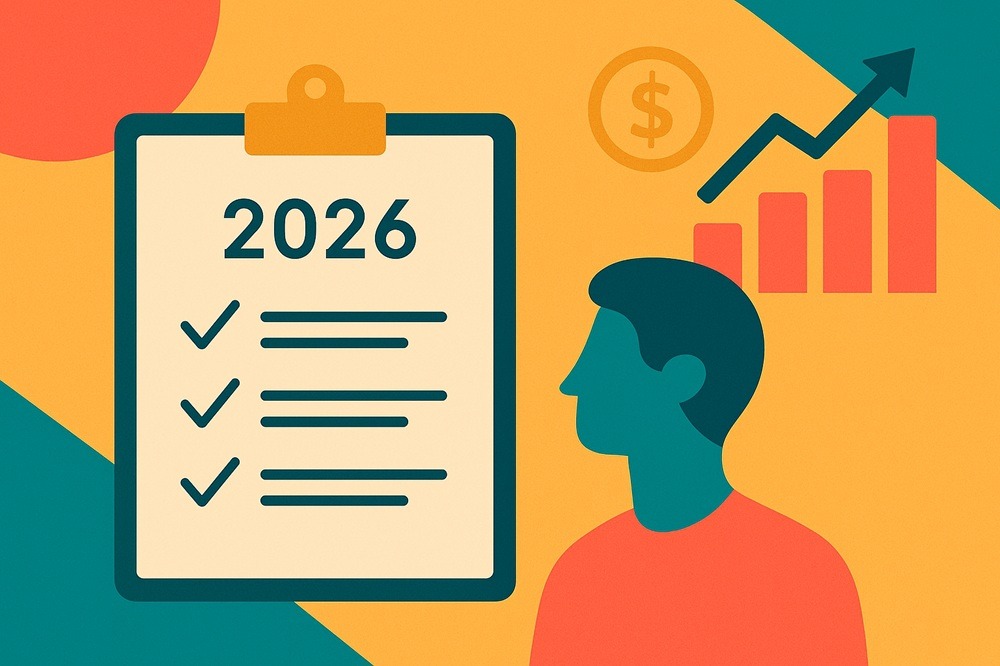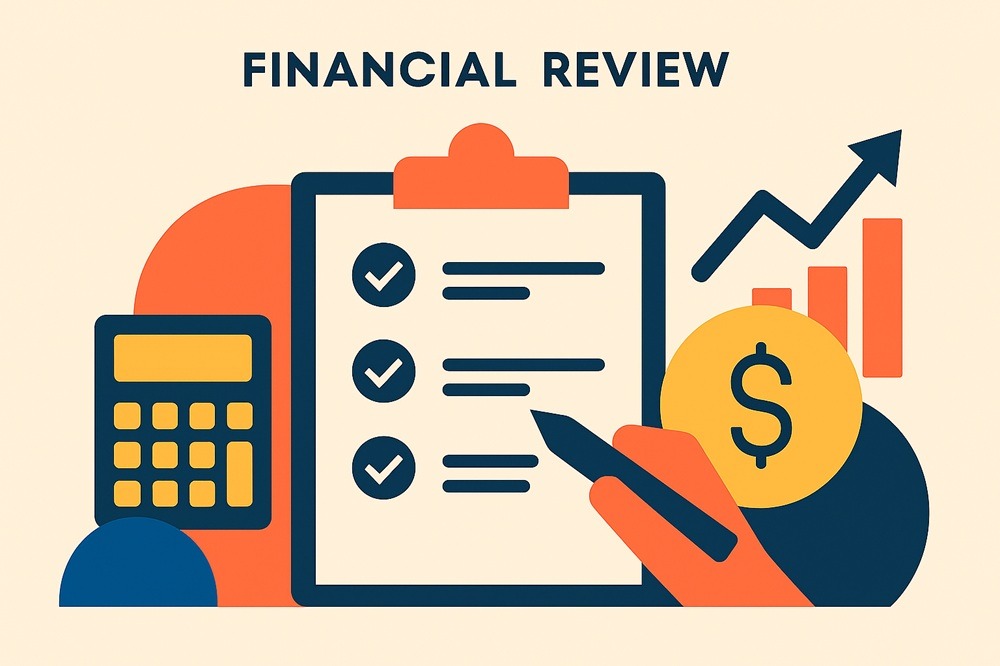Superannuation Contributions in 2024 and Beyond

Superannuation is more than just a pot of money for retirement. It is your lifeline when you transition from working life to retirement and a powerful tool for building wealth. Investments in super are concessionally taxed at 15% making it a smart choice for tax planning. As you approach retirement, having a Self-Managed Superfund (SMSF) and an investment strategy that involves franking credits become even more compelling as your superfund becomes tax free at retirement.
Wondering about the average superannuation balance as retirement approaches? A recent AMP report shed light on these figures. For individuals aged between 55 and 59, the average super balance stands at $316,457 for men and $236,530 for women. As individuals progress into the 60 to 64 age bracket, the average balances rise to $402,838 for men and $318,203 for women. These figures highlight the importance of planning and maximising super contributions to ensure a comfortable retirement. Whether it's traveling, pursuing hobbies, or simply enjoying a worry-free retirement, your superannuation plays a vital role in helping you achieve these goals. You may find that you need more than the average to get you there so here are our top tips for building up super.
1. Contribution Caps for 2024
Concessional Contributions (CC) Cap: $27,500 (before-tax) for individuals of all ages. This includes super guarantee/employer contributions, salary sacrifice, and contributions claimed as a tax deduction. The cap increases to $30,000 on 1 July 2024 for the 2024/25 FY.
Non-Concessional Contributions (NCC) Cap: $110,000 (after-tax) for individuals under age 75. You can contribute up to three times this amount in a single year (known as the "bring-forward" rule), allowing a total of $330,000 over three years. The cap increases to $120,000 on 1 July 2024 for the 2024/25 FY.
Limitations: Bring forward rules is subject to Total Super Balance (TSB).
2. Maximise Catch-Up Contributions Before Time Runs Out
For those with a Total Super Balance (TSB) below $500,000 as of 30 June 2023, any unused CC amounts from the past five years may be eligible to make additional contributions under the catch-up rules. It's important to note that unused CCs expire after five years, meaning any remaining unused CC cap amounts from 2018/19 will expire if not utilised by 30 June 2024.
If there's a possibility that your TSB will exceed $500,000 by 30 June 2024, and unlikely to drop below this threshold in the future, the 2023/24 FY may be the final opportunity to capitalise on catch-up CCs.
3. Leverage Increased Contribution Caps and Tax Cuts Starting 1 July 2024
From 1 July, the increased contribution caps offer enhanced opportunities for boosting your superannuation savings. Additionally, tax cuts from the same date could free up extra cash flow, enabling additional contributions.
Concessional Contributions
With the Concessional Contribution (CC) cap set to rise to $30,000, individuals may have the potential to contribute up to $162,500 in 2024/25, if you have not made any CCs in the previous 5 years up to 2024/25.
Furthermore, if you have made a capital gain when selling investments, consider making additional deductible contributions to manage capital gains tax liabilities. Remember that the super guarantee increases to 11.5% on 1 July 2024 which is included in the cap.
The changes present a good opportunity to maximise your superannuation contributions. By taking advantage of the increased CC caps and potential tax benefits, you can effectively grow your retirement savings while also maximising tax planning.
4. To bring forward or not to bring forward? - Navigate the Bring Forward Rules Strategically
Understanding the nuances of the bring forward rules is crucial to optimising your non-concessional contributions (NCC).
Topping up a Previously Triggered Bring Forward
If you have activated the 3-year bring forward in 2021/22 or 2022/23, you have the opportunity to contribute remaining NCC cap space in 2023/24. This is applicable if your TSB was below the general Transfer Balance Cap (TBC) of $1.9 million on 30 June 2023.
If you have initiated the 3-year bring forward in 2022/23 or 2023/24, you will remain in a bring forward period in 2024/25. You won't benefit from the increased NCC cap effective from 1 July. The maximum NCCs during a bring forward period are locked in based on the annual NCC cap when initially triggered.
Consider Timing for Triggering a New Bring Forward
If you are nearing the end of your NCC eligibility (due to turning age 75 or TSB) you can maximise your available NCCs by triggering the bring forward without delay. For others, delaying the trigger of the bring forward could allow for greater NCCs.
The tables below outline various contribution sequences for those with a contribution timeframe of three or four years, assuming no TSB issues.
If you have 3 years to maximise super, consider the following sequence of contributions for NCC:
| 2024FY | 2025FY | 2026FY | |
| Option 1 | $330,000 trigger bring forward |
||
| Option 2 | $110,000 | $360,000 trigger bring forward |
|
| Option 3 | $110,000 | $120,000 | $360,000 trigger bring forward |
If you have 4 years to maximise super, consider the following sequence of contributions for NCC:
| 2024FY | 2025FY | 2026FY | 2026FY | |
| Option 1 | $110,000 | $360,000 | $0 | $0 |
| Option 2 | $110,000 | $120,000 | $360,000 trigger bring forward |
$0 |
| Option 3 | $330,000 | $0 | $0 | $360,000 trigger bring forward |
| Option 4 | $110,000 | $120,000 | $120,000 | $360,000 |
Understanding these tables and considering individual circumstances can help you make strategic decisions about non-concessional contributions, maximising retirement savings effectively.
5. Watch Out for Decreasing TSB Eligibility Limits for NCCs Starting 1 July 2024
The current general TBC is $1.9mil. As your TSB approaches this number, your eligibility to make NCC reduces. As the NCC caps increases but the general TBC remains unchanged, it limits how much you can contribute into super as you approach $1.9mil. It is essential to assess and manage your TSB as of 30 June 2024 to determine eligibility for NCC opportunities in the 2024/25 FY.
This change is illustrated in the table provided below.
This table outlines the TSB thresholds and bring-forward caps for the 2023/24FY and for 2024/25FY.
| TSB at 30/06/2023 | NCC Cap | TSB at 30/06/2024 | NCC Cap |
| $1.9mil + | $0 | $1.9mil + | $0 |
| $1.79mil to <$1.9mil | $110,000 | $1.79mil to <$1.9mil | $120,000 |
| $1.68mil to <$1.79mil | $220,000 (2 yrs) | $1.68mil to <$1.79mil | $240,000 (2 yrs) |
| < $1.68mil | $330,000 (3 yrs) | < $1.68mil | $360,000 (3 yrs) |
6. Seek Professional Advice:
Given the complexities of super contributions and the potential changes ahead, it's wise to seek advice from a financial adviser or tax professional.
Quick Summary
- Contribution caps and super guarantee amounts are set to increase in 1 July 2024. Employers should ensure they are ready for this and employees should check that they are getting the right amount of super.
- If you are eligible to use your catch up concessional contributions, and still have unused amounts from 2018/19 FY, this year (2024FY) is your last chance to use it.
- Check your Total Super Balance if you are nearing $500,000. Once over this amount, you are not entitled to use the catch up concessional contributions.
- To bring forward or not to bring forward? Check timing if your TSB is getting closer to $1.9mil.
- How do you work out if you are eligible to make NCC? Check your TSB.
- Seek advice if you have questions.



